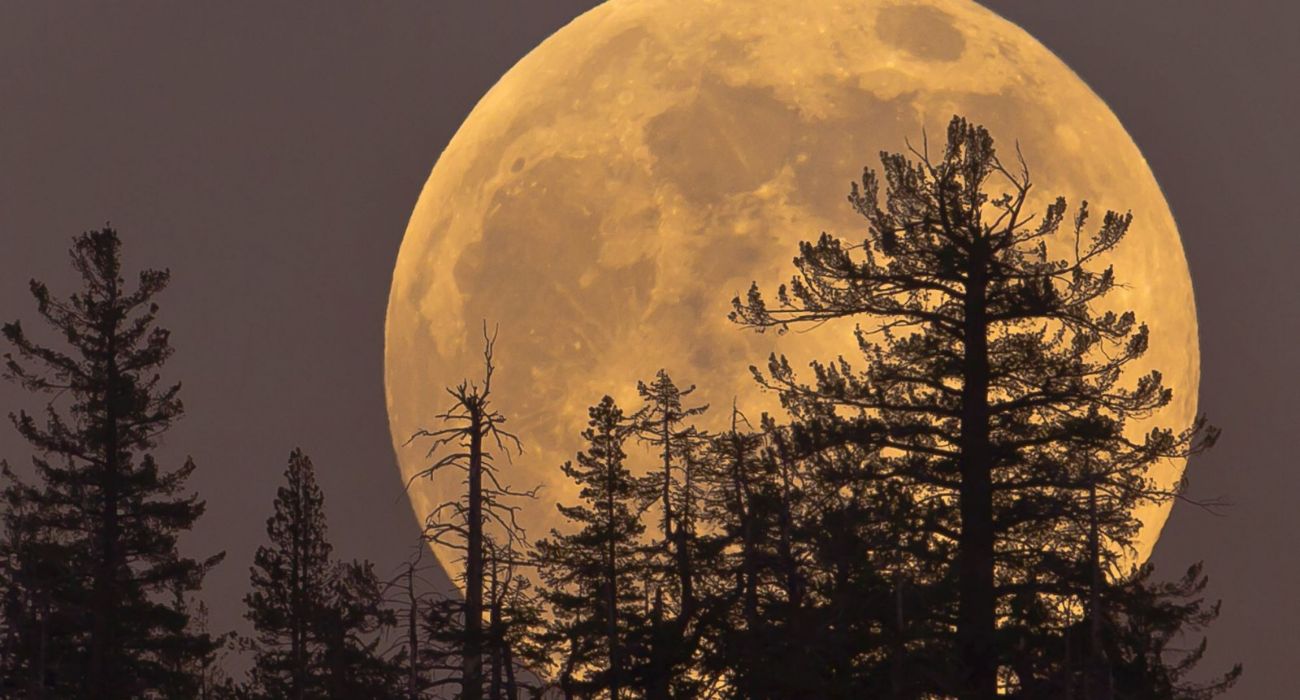This October, many celestial events will grace the night skies, giving people in North Texas opportunities to see the International Space Station (ISS), a full Hunter’s Moon, a New Moon, and two meteor showers.
The International Space Station looked like a star moving quickly across the night sky on Wednesday, and can be seen again on Thursday night at 8:33 p.m. and Friday night at 7:44 p.m.
The ISS orbits the globe every 90 minutes at 250 miles above the surface of the Earth. The station travels at 17,150 mph with an orbital inclination of 51.6 degrees to the equator.
On Saturday, the Draconid Meteor Shower will make an appearance. The shower is caused by Earth passing through debris from a comet called 21P/Giacobini-Zinner, which is 1.2 miles wide.
The shower is named after Draco the Dragon, the northern constellation from which it appears to radiate.
October also experiences a “Hunter’s Moon,” in which the full moon assumes an illuminated, orange hue. Its name derives from Native American tribes who began storing food in preparation for winter at this time of year.
The full Hunter’s Moon will be largest on Sunday at 3:54 p.m., but it can also be seen in the few days prior and the few days following.
On the evenings of October 20 and 21, the Orionids Meteor Shower will peak. This shower is created by debris from Halley’s Comet.
Under ideal conditions, as many as 25 meteors can be seen each hour. The best views are anticipated to be in the hours before sunrise on October 21.
Lastly, the moon will restart its lunar cycle at the end of the month. A New Moon will peak on October 25 at 5:48 a.m.
The absence of moonlight will allow many stars to illuminate even brighter, which can be best seen away from urban lights.






